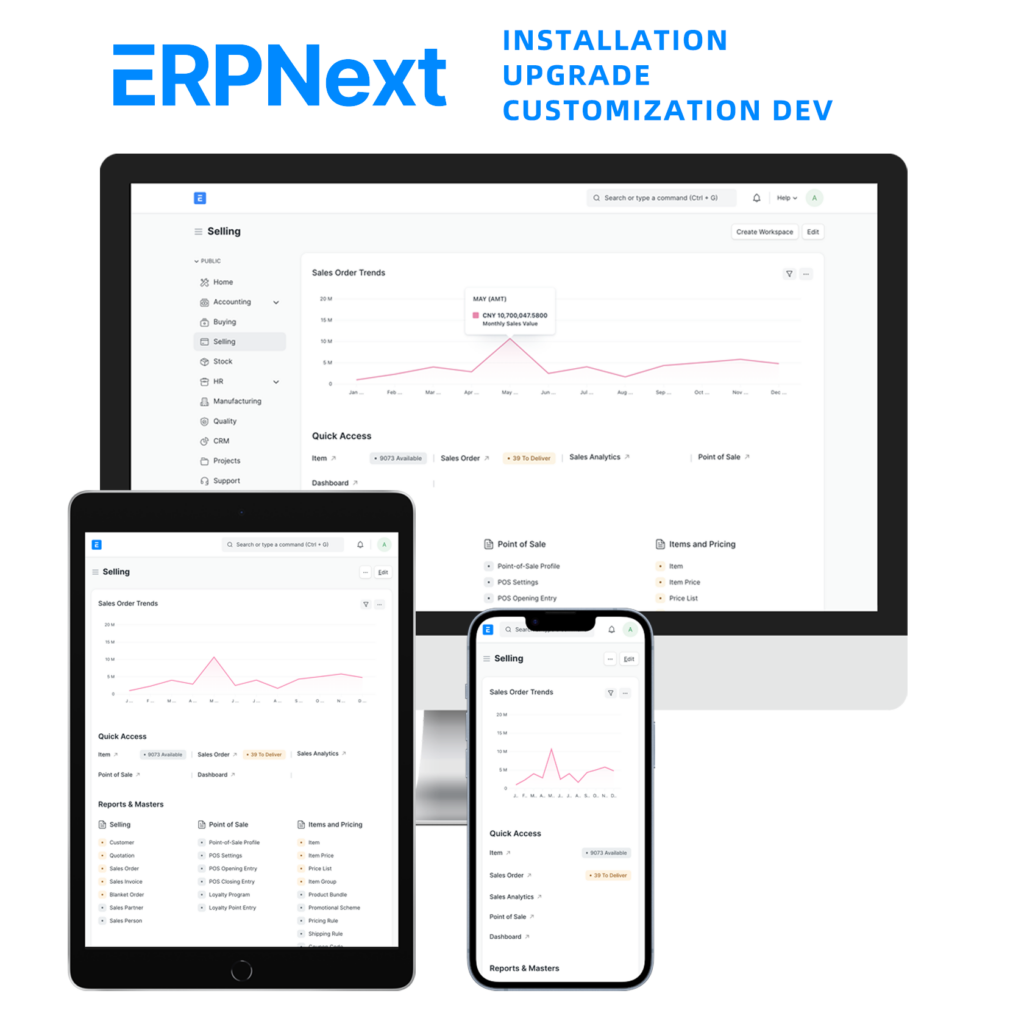Xiao Li works as a planner at a smart home appliance factory. One day, R&D sent over an “urgent change”: replace a power module. But Xiao Li didn’t receive the updated BOM in time, so he ordered according to the old data. The result? Purchasing, warehouse, and production all went into panic—production halted, and managers were fuming.

Why such chaos? The root cause was simple: poor BOM change management. This type of pitfall is all too common. The good news is, with just five words—Accuracy, Speed, Clarity, Control, Traceability—BOM changes can be smooth and risk-free.
1. Accuracy — Information Must Be Precise
Case: An electronics company updated a component version, but due to unclear labeling, purchasing ordered the wrong part. Production came to a halt.
Lesson: BOM data must be precise—part numbers, versions, specifications. A single wrong digit could cost millions; one incorrect version could cut product quality in half.
2. Speed — Response Must Be Quick
Case: An auto parts supplier discovered defective screws from a vendor. If the change wasn’t processed quickly, the entire car delivery would be delayed.
Lesson: Change approvals can’t drag on. An efficient workflow and digital collaboration tools help ensure BOM changes are executed without delay.
3. Clarity — Process Must Be Clear
Case: A medical device manufacturer made a BOM change but failed to communicate it to all departments. R&D, production, QA, and warehouse each used different versions, resulting in rejected products.
Lesson: Everyone involved must be on the same page. Clear processes, explicit notifications, and defined responsibilities keep everyone aligned.
4. Control — Process Must Be Manageable
Case: An engineer at a factory swapped out a plastic part without formal approval. The replacement failed quality checks, leading to penalties.
Lesson: BOM changes should never bypass procedures. Strict permissions, approval workflows, and proper documentation are essential for control.
5. Traceability — Results Must Be Trackable
Case: An electronics company faced a customer complaint but couldn’t trace which BOM version was used at the time. They ended up paying compensation.
Lesson: A robust BOM management system must support traceability: who made the change, when it was made, and why. Clear accountability prevents costly disputes.
Core Message: If BOM Isn’t Managed, Production Falls Apart
As one industry blog put it, the BOM is not just a “parts list” but the “instruction manual” of a product. It links planning, purchasing, inventory, production, and quality.